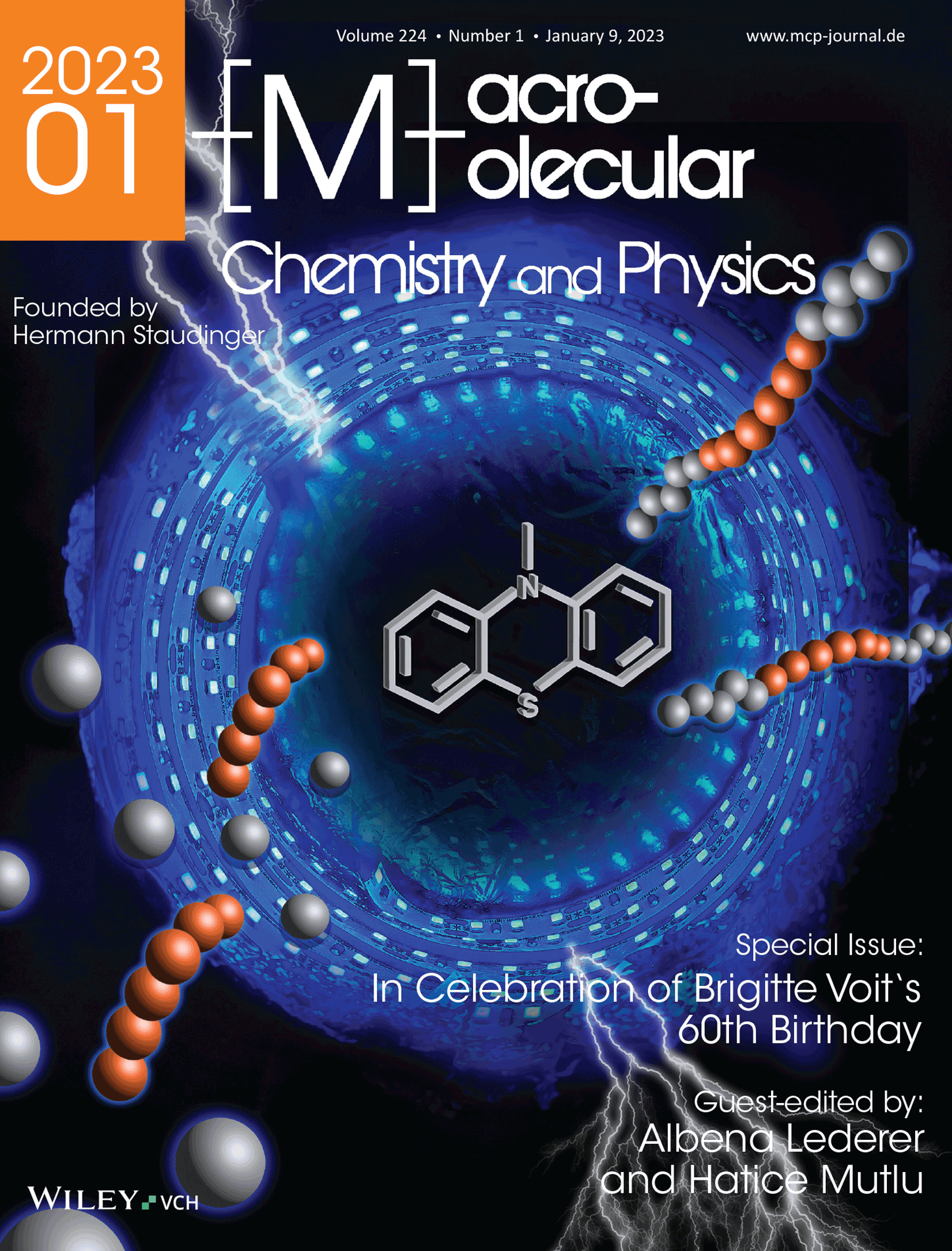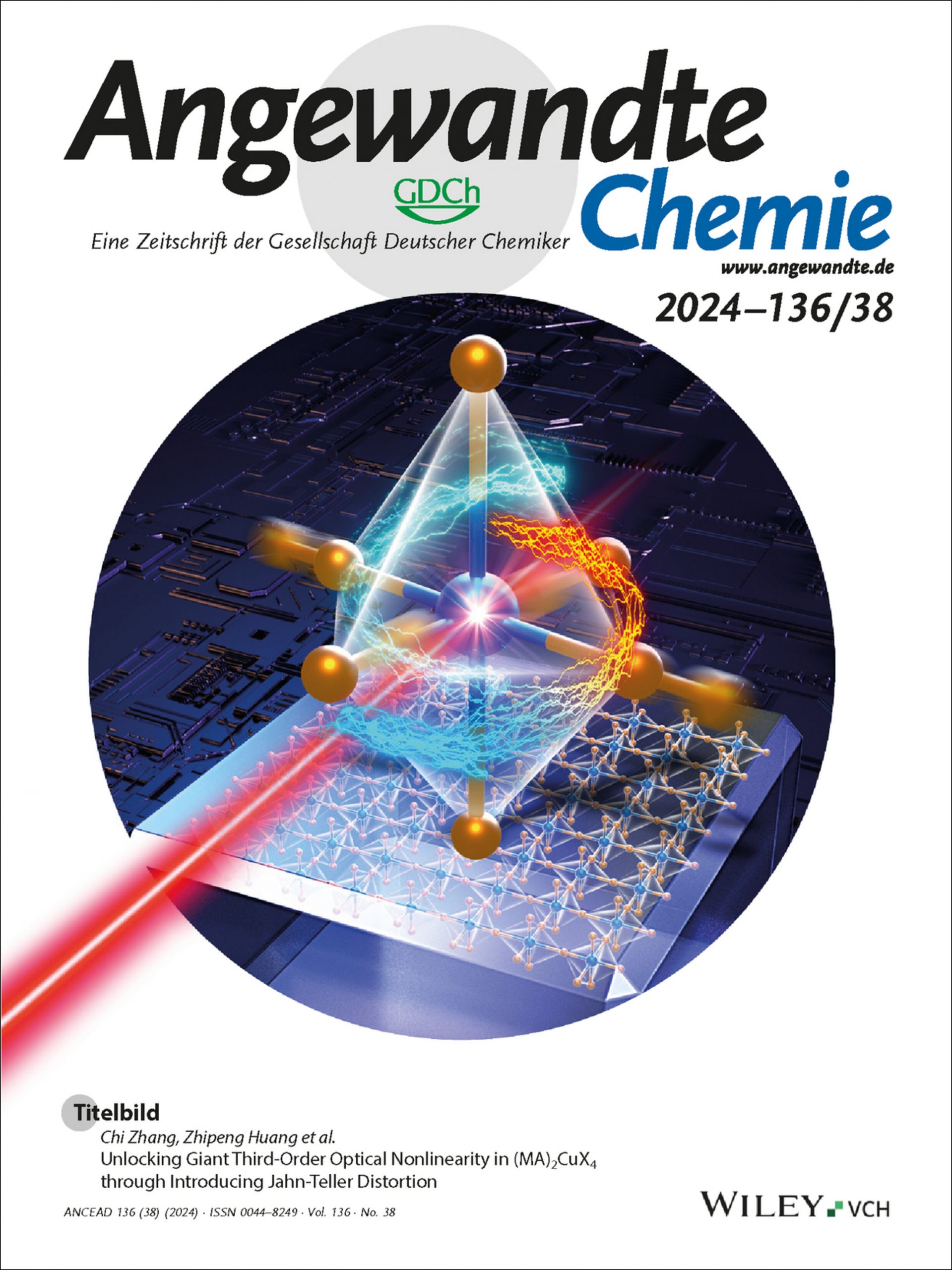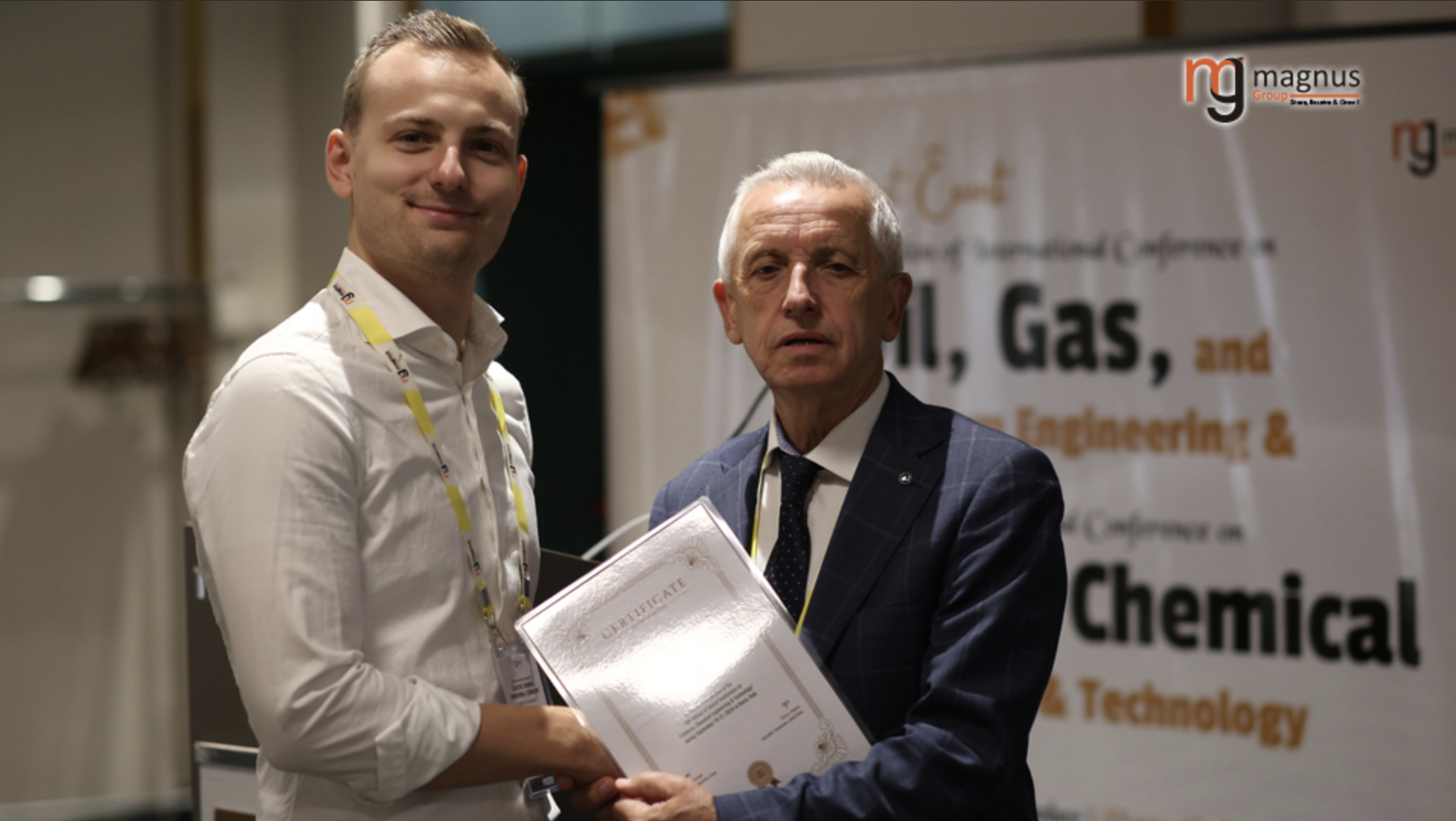Scientific Journals
Here you will find a small selection of our publications in scientific literature. Further publications are currently in preparation and will be added to continuously.

Isotactic polypropylene produced by rac/meso mixtures of hafnocene complexes through selective rac activation
Journal of Polymer Science
Meso isomers of indenyl-based group IV hafnocene complexes produce atactic polypropylene (aPP) and thus, have to be tediously separated from their racemic analogs for the production of isotactic polypropylene (iPP). Herein, we report a facile activation protocol to selectively convert only the racemic precatalysts into catalytically active species when isomeric precatalyst mixtures are employed. At the same time, the mesoisomers are deactivated, thus yielding no polypropylene at all.

A Phenylene-Based Light-Emitting Polymer: Atums Green
Macromolecular Chemistry and Physics
This work synthesizes a green-fluorescent conjugated polymer and performs basic photophysical characterization of this new material. Atums Green is synthesized by a Suzuki cross-coupling polymerization reaction between isostructural dibromo and diboronic acid monomers and is structurally characterized by nuclear magnetic resonance and gel permeation chromatography. The polymer consists of an alkoxy-substituted 1,4-bis((E)-styryl)benzene repeating unit with molecular weight up to Mn = 50 kDa relative to polystyrene.

Aluminum Alkyl Induced Isomerization of Group IV meso Metallocene Complexes
Angewandte Chemie
The synthesis of group IV metallocene precatalysts for the polymerization of propylene generally yields two different isomers: The racemic isomer that produces isotactic polypropylene (iPP) and the meso isomer that produces atactic polypropylene (aPP). Due to its poor physical properties, aPP has very limited applications. To avoid obtaining blends of both polymers and thus diminish the mechanical and thermal properties of iPP, the meso metallocene complexes need to be separated from the racemic ones tediously
Scientific Conferences
At the International Catalysis Conference 2024 in Rome, Lukas Eylert was awarded the prize for the best scientific poster for his research work on the automation of catalyzed polymerizations. The award was presented by the Chairman of the Scientific Review Committee, Professor Stanislaw Dzwigaj from Sorbonne University in Paris.


At the international BlueSky Incorep Polyolefin Conference in 2023, Dr. Tim Lenz was invited to give a presentation on his latest research findings. He gave the audience, consisting of representatives from chemical research and industry, an overview of his latest findings on the production and characterization of perfectly isotactic polypropylene.
Recent Industry Topics
We regularly publish specialist articles on everyday chemical issues and current challenges in the industry. Our aim is to present complex topics in an understandable way and provide practical insights.
Fiber-Reinforced Concrete with Plastics
Fiber-reinforced concrete (FCC) is one of the innovative building materials used in modern architecture and infrastructure planning. While traditional reinforced concrete is stabilized by embedded steel reinforcing bars, fiber-reinforced concrete uses finely distributed fibers to increase strength, crack resistance, and durability. The...
Recyclable Insulation Materials in Construction
In the age of resource conservation, CO₂ reduction, and the circular economy, recyclable insulation materials are becoming increasingly important in the construction industry. While conventional insulation materials such as polystyrene (EPS/XPS), mineral wool, or PU foams are often problematic to dispose of and recycle, sustainable...
How Self-Healing Car Paints Work
Scratches in car paint are the nightmare of many car owners – especially in everyday urban life, where car washes, tight parking spaces, or small branches quickly leave visible marks. Self-healing paints offer an innovative solution to such everyday damage. These intelligent coatings can repair minor scratches independently, without the...

Chemistry at eye level
ChemSphere | Imprint & Privacy Policy | Copyright © 2025
ChemSphere | Imprint & Privacy Policy | Copyright © 2025


